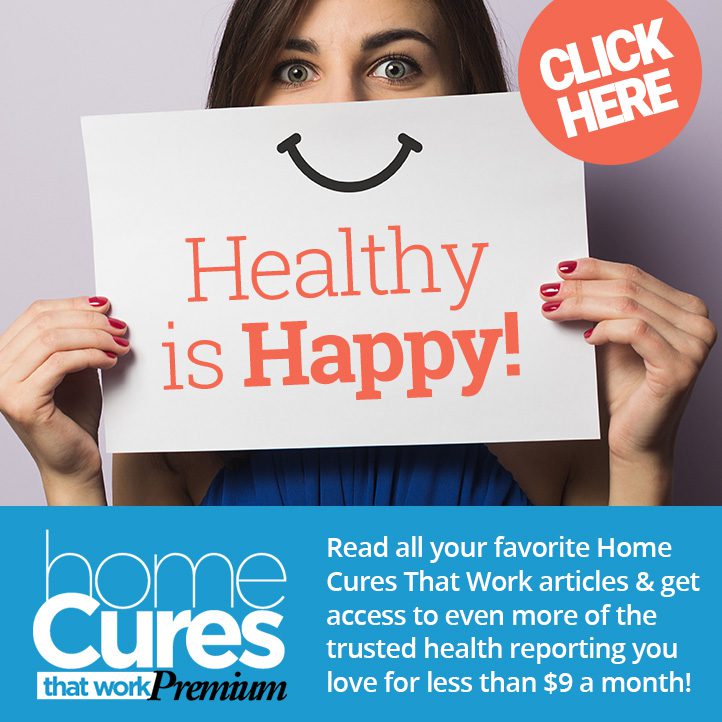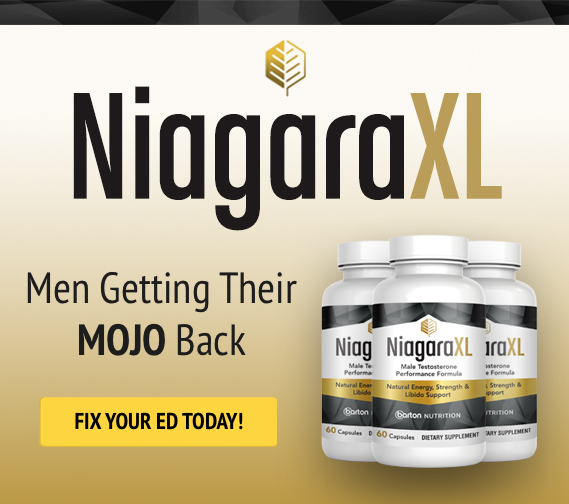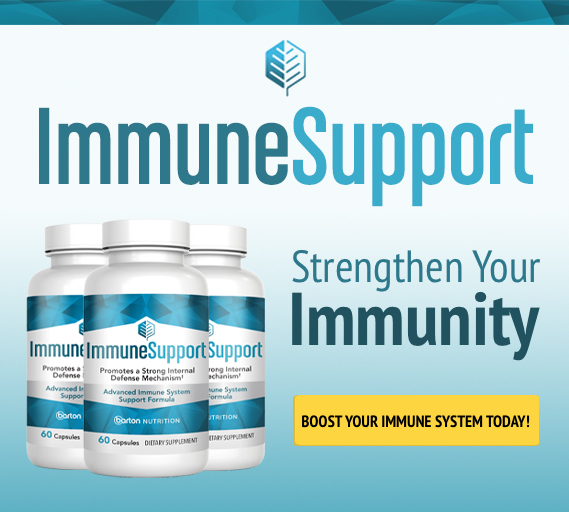Managing Menopause Naturally
“I feel like I’m going crazy!” she said. I’ll never forget that moment. My mother-in-law was 51 and completely menopausal. She confessed to me through her tears, that she felt like she was literally losing her mind. Her body was hot flashing, she could hardly sleep, and her mood was all over the map. I could tell she was clearly not herself and my heart broke for her.
Her pain reminded me that even I would have to experience menopause someday. It is completely unavoidable and a natural part of life’s transition. It was then that I began my quest to find the best and most effective natural menopause solutions. I not only wanted to help my mother-in-law feel normal again, but I wanted to be prepared for when my day arrived.
Perimenopause or Menopause??
Many of you aren’t sure if you’re in menopause or not. You may think you are having severe PMS symptoms or that you’re too young to be in menopause. Shockingly, perimenopause can begin in women as young as 35 years old! The whole process for peri- to post- menopause can last from approximately age 35 to age 60. The average woman transitions from perimenopause to menopause around age 51.
The difference between perimenopause and menopause can be confusing to many people. Perimenopause is the period of time when the body starts preparing itself to eventually stop menstruating. The word “peri” means “near” and perimenopausal symptoms can look very similar to both PMS symptoms and menopausal symptoms. This period lasts around 10 years. Hot flashes and night sweats are typically deemed as “menopausal” symptoms, but really begin in perimenopause. Once you have completely stopped having a menstrual cycle, you are considered to be in menopause. If your menstruation cycles still occur, even if they are erratic and irregular, you are still in perimenopause.
The Beginnings of Transition
If you’re still not sure where you’re at in your life’s stages of transition, these symptoms serve as great indicators of perimenopause. Of course, the most accurate way to find out is to get a hormone panel run by your doctor.
Some perimenopausal symptoms include:- Heart Palpitations
- Insomnia
- Night Sweats
- Loss of Libido
- Anxiety
- Depression
- Fatigue
- Fuzzy Thinking
- Hot Flashes
- Migraines
- Blood sugar imbalance
This list truly goes on and on. These are merely just a few of the many symptoms felt during perimenopause. Reading this list may bring you relief to know that it’s your hormones causing these symptoms. So many of you, just like my mother-in-law, feel like you’re going crazy or that maybe you’re on the verge of a nervous breakdown. The great new is that there are many ways to bring relief to your body that may seem to have a mind of it’s own.
Food for Hormone Balance
Your diet is essential for hormone balance. There are foods that can literally help effect the production of our hormones. Low fat and fat free diets have caused a major problem in our society. Not only do these diets promote carbs and sugars, but they are starving our bodies of the very components it needs to manufacture hormones! Most all the hormones in our bodies are created from fat and cholesterol. If we don’t eat adequate amounts, than hormone production gets interrupted.
It is important to highlight that not all fat is healthy. Processed oils like canola, and soy oils are toxic to the system as are transfats like hydrogenated oils. Some examples of healthy fats are:
- Olive Oil
- Coconut Oil
- Avocado Oil
- Ghee
- Organic Butter
Eggs are also a great source of fat and cholesterol needed for healthy hormone production.
Carbohydrates, even complex ones, need to be very limited for hormone balance. Carbs cause fluctuations in blood sugar, which in turn creates an insulin response. Insulin is a hormone that promotes body fat. But, body fat isn’t the only reason to avoid carbs. These fluctuations in blood sugar also exasperate menopausal symptoms.
Dangerous HRT Drugs
The most common thing prescribed by doctors for menopausal symptoms are Hormone Replacement Therapy (HRT) drugs. Premarin, the most commonly prescribed, is an estrogen extracted from pregnant horse urine. This estrogen is not identical to human estrogen and has caused a dramatic increase in breast cancer. It is also been shown to increase the risk of heart disease.
Provera is another drug used in HRT. It is a synthetic form of progesterone and has shown to be even more dangerous than premarin. Provera also increases the chance of breast cancer and can cause blood clots and strokes.
There are other HRT drugs on the market, as well, and they all have similar side effects. HRT drugs should be avoided — at all costs. The terrible side effects far outweigh the supposed benefits. I personally know five women, all of which have had breast cancer, and all five used HRT drugs.
Coincidence?
Bio-Identical HRT
Bio-Identical hormone replacement therapy is gaining momentum and popularity. Celebrity’s like Suzanne Somer’s are touting their miraculous results. Bio-identical hormones are not drugs; rather, they are “bio-identical” to the very hormones in your body. These bio-identicals cannot be patented since they are natural. Therefore, big drug companies can’t make a profit from them. These natural hormones are much harder to find for that very reason. They still must be prescribed by a doctor or nurse practitioner and compounded at a pharmacy.
I have seen women’s lives change by using bio-identical HRT. Finding a practioner in your area who specializes in bio-identicals could be a challenge. If you can’t find a practioner through an internet search, calling a women’s clinic and checking with your local health food store can also be helpful.
Nature’s Hormone Balancers
Not everyone has access to bio-identical hormones, nor does everyone need them. Many women find relief using natural supplements and herbs that are much more accessible, lower in price, and don’t require a prescription like bio-identicals. I typically start by suggesting natural supplements. If my client finds no relief from herbs and supplements, I will then suggest the use of bio-identical hormones.
Progesterone Cream
One of the most popular natural treatments is progesterone cream. During perimenopause, a woman’s estrogen levels usually stay the same or even climb, but their progesterone levels drop. This is why many women find relief using progesterone cream. Progesterone cream is available at your local health food store or online. Make sure the cream you purchase specifies that it is bio-identical. The dosage is a little different for menstruating and non-menstruating women.
- If you still have your menses, apply 15-25 mg per day for about 2 weeks before your expected period, and then stop. Usually, this would mean you would start applying it on day 12 of your cycle until day 26.
- For non-menstruating women, you apply about 15mg of progesterone the first 25 days of the month and take a 5-6 day break. A great tip is to keep your cream next to your toothbrush and apply it when you brush your teeth in the morning so you don’t forget.
Proven safe and effective by a third party testing lab, Home Cures That Work offers you progesterone cream reviews to help ease the symptoms of menopause.
Pregnenolone
Pregnenolon is by far my most favorite thing to suggest for any hormonal issues. Pregnenolone is truly mother of all hormones. It is quite safe to take and converts into the hormones that you are lacking. Whether it is low DHEA, testosterone, estrogen or progesterone, pregnenlone will help fill in the gaps. Many women try and supplement with DHEA, but I have found it can easily convert into too much testosterone causing facial hair and other symptoms. These side effects can be avoided by taking pregnenolone. Not only can pregnenolone help with menopausal symptoms, it has many other benefits.Studies have shown that the use of pregnenolone:
- Improves Memory
- Relieves Anxiety and Depression
- Helps restore tired adrenals
- Eases Joint Pain, Arthritis, and Gout
If you’re not sure what to try first, pregnenolone is a great place to start: 5 to 10 mg a day is generally a safe and adequate dosage to take daily.
Phytoestrogens
.
Crushed flaxseed can help reduce hot flashes in menopausal women who are not taking estrogen therapy – up to 62%
If you find that your estrogen levels are low, phytoestrogens could remedy your symptoms. Phytoestrogens stimulate the production of estrogen in the body, but are not actual estrogen. They can also have a balancing effect on the body’s hormones and many women find them helpful in treating menopausal symptoms like night sweats and hot flashes. Some of the most widely and successfully used phytoestrogens are:
- Black Cohosh
- Dong Quai
- Flax
Flax oil seems to show more of a benefit than the seeds, because the oil is better absorbed. Most natural menopause supplement blends will contain at least one of these phytoestrogens in its formula.
Vitex, otherwise known as chasteberry, is not a phytoestrogen, but is highly effective for hot flashes and mood swings, as well. I really like the gentle effectiveness of Vitex and recommend it often, even for PMS symptoms. Although it can sometimes take several months to feel it’s full hormone balancing effects, Vitex is safe, gentle and loved by nearly all who use it.
Daily Disciplines
Sometimes it can take a while to find the solution that’s right for your body. I want to encourage you not to give up after trying one or even a couple different suggestions. Every woman is different, so what may work for one, may not work for another. I can assure you that there is a natural remedy that is right for your body, so try until you find what works. Also, make sure you are purchasing quality supplements from a reputable health food store or website. Cheap alternatives will not have the same effects.
Remember, none of these menopausal suggestions should replace a healthy lifestyle. Don’t forget to incorporate these things into your daily life for quick and long lasting results:
- Exercise
- Fresh fruits and vegetables
- Antioxidant supplements like vitamin C and E
- Dose of daily sunshine for vitamin D
- 8 to 9 hours of restful sleep
Finding Relief
I am happy to say that my mother-in-law has found relief from her intense menopausal symptoms. She now takes 10 mg of pregnenolone along with 6,000 IU of vitamin D each day. She also keeps L-theanine, a natural anti-anxiety supplement, on hand for those extra stressful times. After just two days, my father-in-law was commenting on how she was like a new woman!As for myself, I’m now taking Vitex and I love it. Although I’m not in perimenopause yet, I’ve still experienced its hormone balancing benefits. I no longer have cramping or acne during menstruation and my libido has improved. I also believe that by starting Vitex now my transition be far less traumatic than most. Nature truly holds the key to health and vitality. My mother-in-law and I are living testimonies that even our hormones can be balanced naturally.
Amanda Box is a Doctor of Naturopathy and a graduate of Clayton College of Natural Health. She’s been in the health and wellness industry for over 10 years and currently has a Naturopathic consulting practice in Sioux Falls, SD. Her passion is helping others achieve wellness of the whole person – mind, body, and spirit. If you don’t have a good local naturopathic doctor to turn to for your personal needs, Dr. Amanda does phone consultations! She can help you with weight loss, detox/cleansing, acute and chronic illnesses, skin and body care, grocery shopping, pantry overhauls, and more! Visit her blog “My Life in a Healthnut Shell” at http://amandabox.blogspot.com/ for contact info.





























